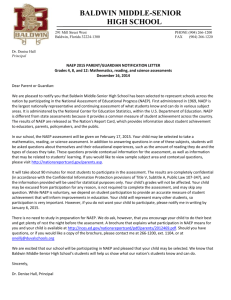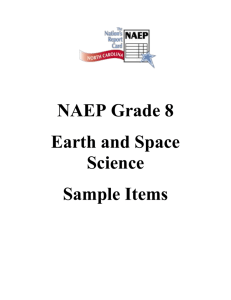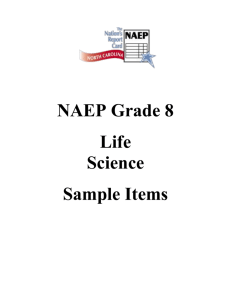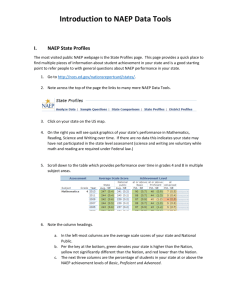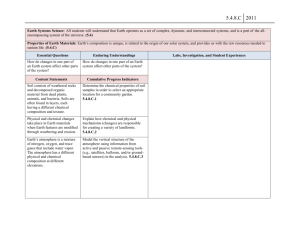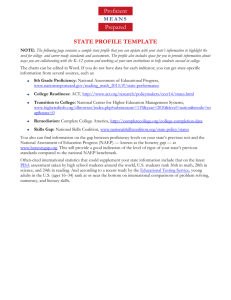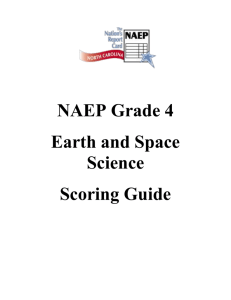Figure 1 - Public Schools of North Carolina
advertisement
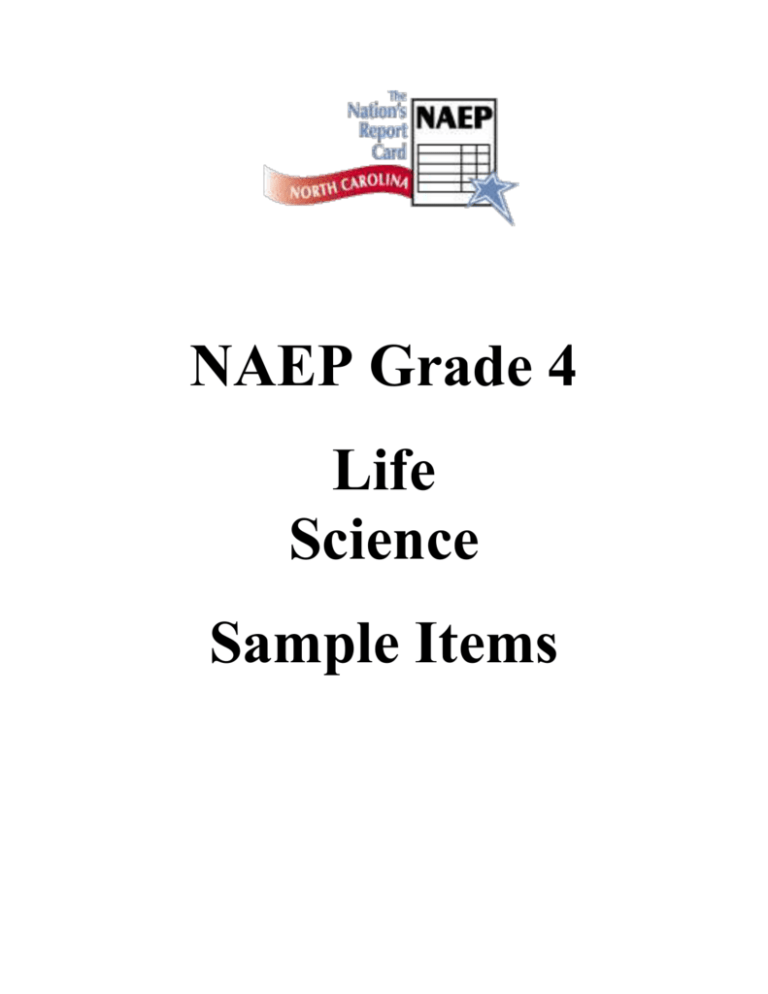
NAEP Grade 4 Life Science Sample Items National Assessment of Educational Progress (NAEP) Released Items Grade 4 Life Science Figure 1 The picture below shows a pond ecosystem. Use this picture and what you know about the things in it to answer the questions in this section. Question 1 refers to Figure 1 1. Which of the following living things in the pond system uses the energy from sunlight to make its own food? A) Insect B) Frog C) Water lily D) Small fish SOURCE: NAEP Questions Tool; http://nces.ed.gov/nationsreportcard/itmrls/ M. Hickman, NAEP State Coordinator, North Carolina Department of Public Instruction 1 National Assessment of Educational Progress (NAEP) Released Items Grade 4 Life Science Question 2 refers to Figure 1 2. Each of the animals in the pond needs food. What are two things that the animals get from their food that keep them alive? Question 3 refers to Figure 1 3. In the pond, small fish eat algae. What two predators might eat the small fish in the pond system? Question 4 refers to Figure 1 4. You will now finish a diagram of a food web in the pond. The food web shows what eats what in the pond system. Draw arrows in the diagram below from each living thing to the things that eat it. (The first arrow is drawn for you.) Question 5 refers to Figure 1 5. Which living things in the pond system break down dead plants and animals? A) Green algae B) Bacteria C) Rushes D) Frogs SOURCE: NAEP Questions Tool; http://nces.ed.gov/nationsreportcard/itmrls/ M. Hickman, NAEP State Coordinator, North Carolina Department of Public Instruction 2 National Assessment of Educational Progress (NAEP) Released Items Grade 4 Life Science Question 6 refers to Figure 1 6. Tell why it is important for dead animals and plants in the pond system to be broken down. Question 7 refers to Figure 1 7. If all of the small fish in the pond system died one year from a disease that killed only the small fish, what would happen to the algae in the pond? Explain why you think so. What would happen to the large fish? Explain why you think so. Question 8 refers to Figure 1 8. Suppose that one spring a new type of large fish was put into the pond. So many were put in that there were twice as many fish as before. By the end of the summer, what would happen to the large fish that were already in the pond? Explain why you think these new large fish would have this effect. SOURCE: NAEP Questions Tool; http://nces.ed.gov/nationsreportcard/itmrls/ M. Hickman, NAEP State Coordinator, North Carolina Department of Public Instruction 3 National Assessment of Educational Progress (NAEP) Released Items Grade 4 Life Science Question 9 refers to Figure 1 9. If a rainstorm washed some fertilizer from a nearby field into the pond, what would happen to the algae in the pond system after one month? Why do you think the fertilizer would affect the algae this way? 10. Look at the picture above, which shows some of the organs that can be found inside the human body. What is the main job of the organ labeled 1 ? A) Carrying air B) Carrying food C) Carrying blood D) Carrying messages from the brain SOURCE: NAEP Questions Tool; http://nces.ed.gov/nationsreportcard/itmrls/ M. Hickman, NAEP State Coordinator, North Carolina Department of Public Instruction 4 National Assessment of Educational Progress (NAEP) Released Items Grade 4 Life Science 11. Look at the different kinds of animals in the pictures above. Which three of these animals have a very large number of young every time they reproduce? A) 1, 2, and 4 B) 1, 4, and 6 C) 3, 5, and 6 D) 4, 5, and 6 SOURCE: NAEP Questions Tool; http://nces.ed.gov/nationsreportcard/itmrls/ M. Hickman, NAEP State Coordinator, North Carolina Department of Public Instruction 5 National Assessment of Educational Progress (NAEP) Released Items Grade 4 Life Science Look at the pictures of deer below. 12. The deer in the pictures are numbered. Put the number next to the name that identifies each deer. Male deer (buck) ______________ Female deer (doe) ______________ Young deer (fawn) ______________ Look at picture 2. Name one feature about the deer's body that helps it to survive. Tell how the feature helps it to survive. Look at picture 3. Name one different feature about the deer's body that helps it to survive. SOURCE: NAEP Questions Tool; http://nces.ed.gov/nationsreportcard/itmrls/ M. Hickman, NAEP State Coordinator, North Carolina Department of Public Instruction 6 National Assessment of Educational Progress (NAEP) Released Items Grade 4 Life Science Tell how the feature helps it to survive. SOURCE: NAEP Questions Tool; http://nces.ed.gov/nationsreportcard/itmrls/ M. Hickman, NAEP State Coordinator, North Carolina Department of Public Instruction 7 National Assessment of Educational Progress (NAEP) Released Items Grade 4 Life Science 13. An adult toad lays 6,000 eggs at a time in a pond. Which graph shows the number of tadpoles and toads that will most likely result in the pond from these eggs? A) B) SOURCE: NAEP Questions Tool; http://nces.ed.gov/nationsreportcard/itmrls/ M. Hickman, NAEP State Coordinator, North Carolina Department of Public Instruction 8 National Assessment of Educational Progress (NAEP) Released Items Grade 4 Life Science C) D) SOURCE: NAEP Questions Tool; http://nces.ed.gov/nationsreportcard/itmrls/ M. Hickman, NAEP State Coordinator, North Carolina Department of Public Instruction 9

